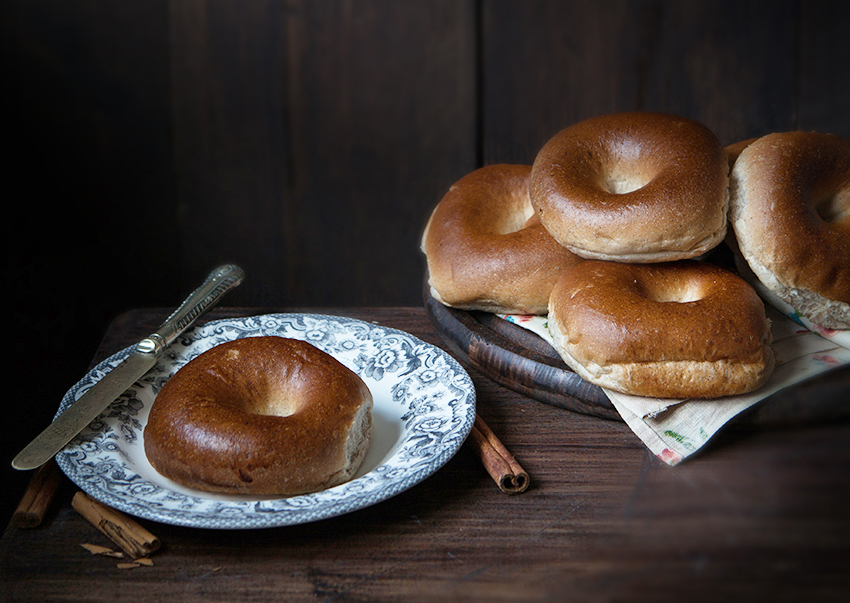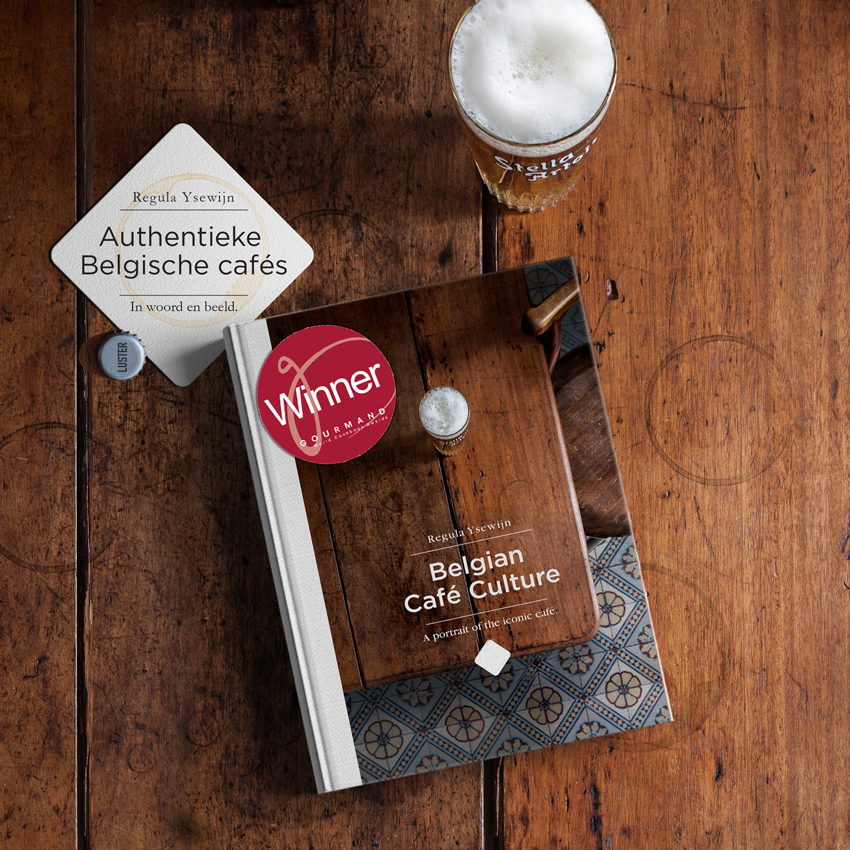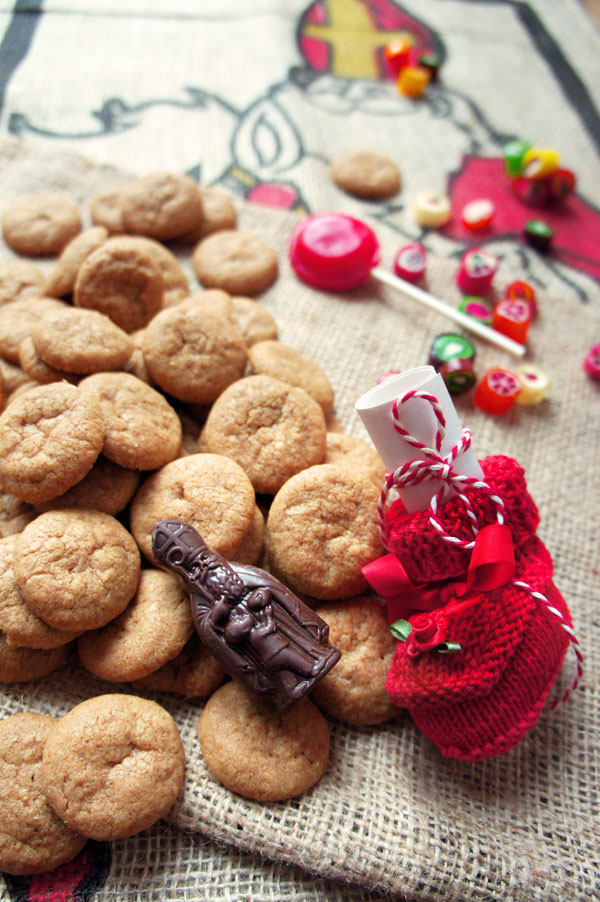 The city of Ghent ’s most famous bake is called ‘Mastel’ and it is a soft bun flavoured with cinnamon shaped into a round with a dimple in the middle made by pressing down four fingers in the dough. The name Mastel comes from ‘masteluin’ a bread mixture made with wheat and rye flour, it was an old practice to grow the two grains mixed on one single field to improve yield. Since medieval times the bun was consecrated by a priest and eaten as a preventative against hydrophobia or rabies on the feast of St Hubert on 3 november. Today the bun is often blessed on the 3rd of november but no one really believes it will protect them from hydrophobia or rage.
The city of Ghent ’s most famous bake is called ‘Mastel’ and it is a soft bun flavoured with cinnamon shaped into a round with a dimple in the middle made by pressing down four fingers in the dough. The name Mastel comes from ‘masteluin’ a bread mixture made with wheat and rye flour, it was an old practice to grow the two grains mixed on one single field to improve yield. Since medieval times the bun was consecrated by a priest and eaten as a preventative against hydrophobia or rabies on the feast of St Hubert on 3 november. Today the bun is often blessed on the 3rd of november but no one really believes it will protect them from hydrophobia or rage.
Mastellen are also sold dried to use for making a pudding called ‘Aalsterse Vlaai’ and the dried out bun was also often soaked in buttermilk to eat as a gruel. A custom that is in decline is that of the ‘ironed mastel’ where a mastel bun is sliced in two and spread with butter and a generous topping of brown sugar. The bun is then crushed under the weight and heat of an old fashioned heavy cast iron well eh – iron. The kind that used to be kept on the stove. The result is a crisp biscuit that resembles a Lackman waffle. Truly delicious. This ironing of the mastel is popular on the first weekend of august in the Ghent area called Patershol during the Patershol feasts, a jolly folk festival in one of Ghent’s most culturally diverse area, it is therefore also called Coté Culture. (Patersholfeesten are his weekend if you’re in the area! Also check previous post on where to go and eat in Ghent – I will be adding to this post over time.)
The custom of eating consecrated bread on St Huberts day comes from the story that the saint cured a man of rabies by giving him bread to eat. St Hubert was the Bishop of Liege and the patron saint of hunters, on the 3rd of november an event takes place in Liege where the hunting hounds, masters and staff are blessed by a priest. This date also marks the start of the hunting season….













